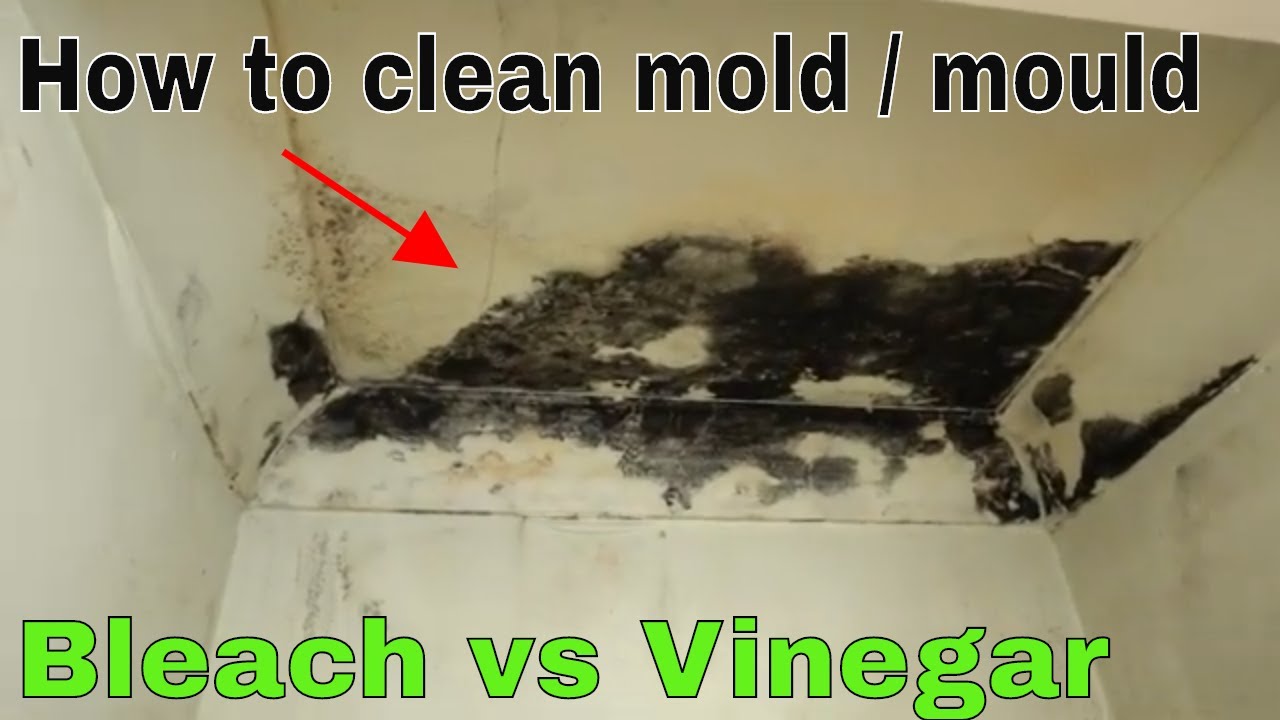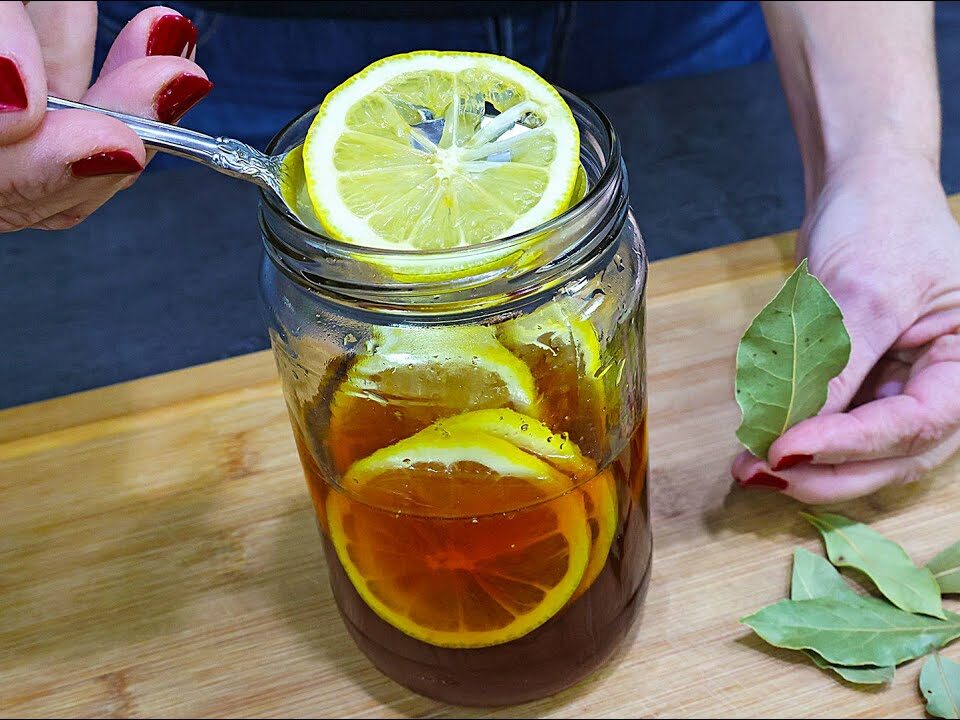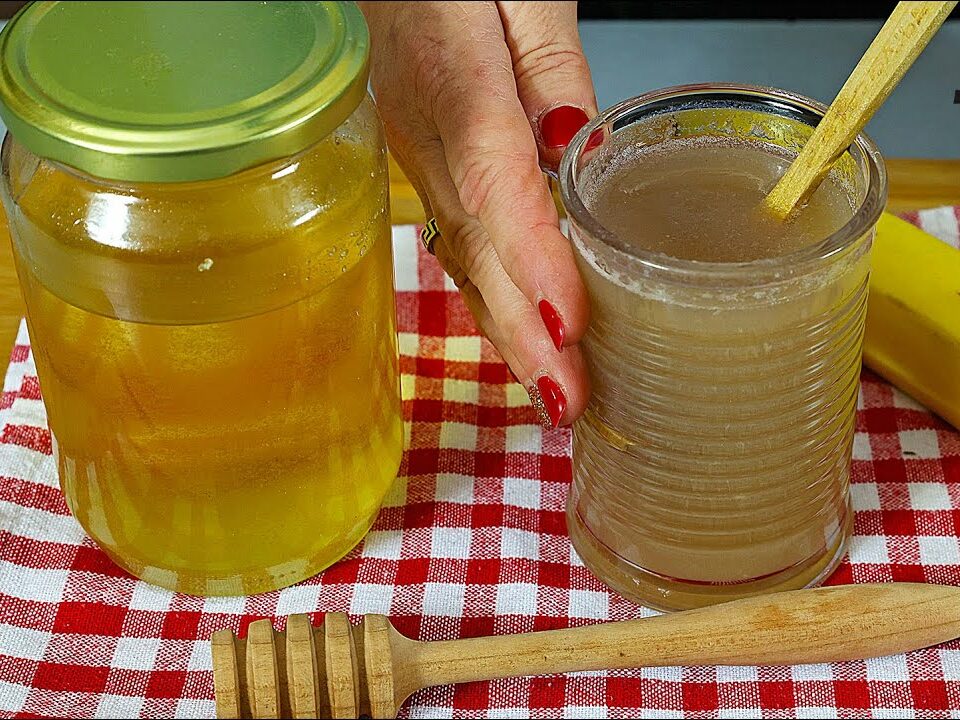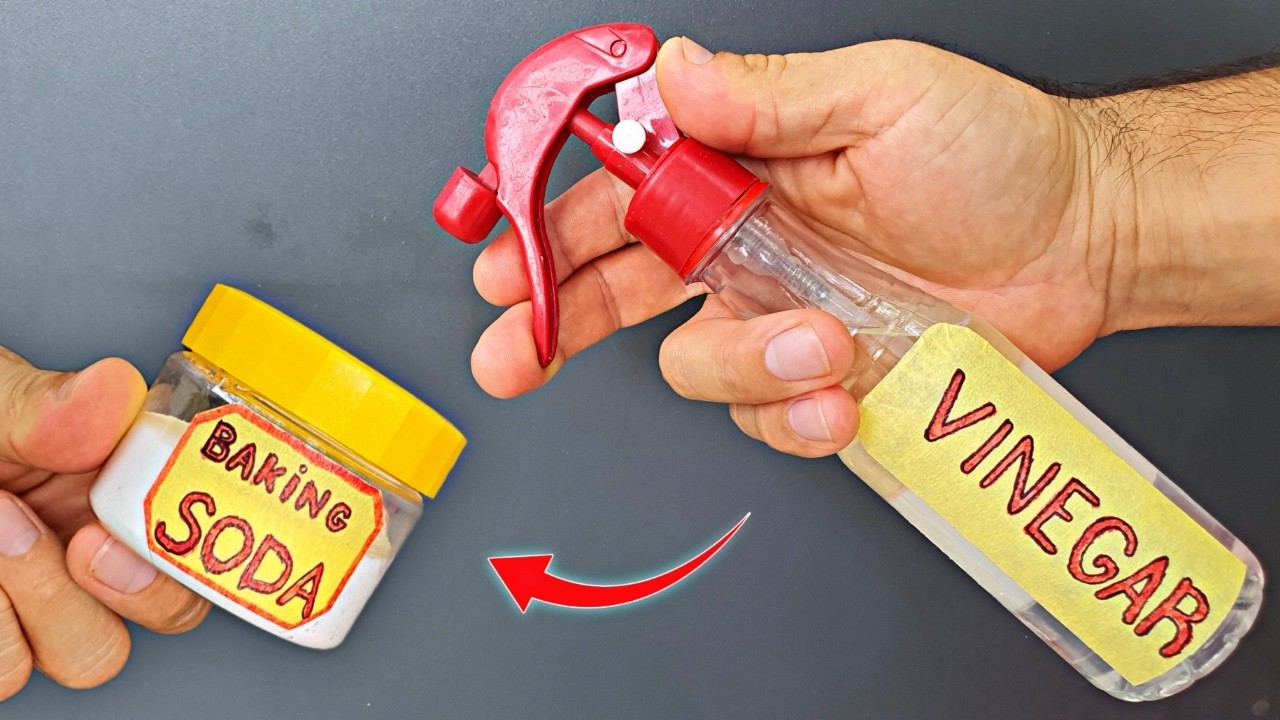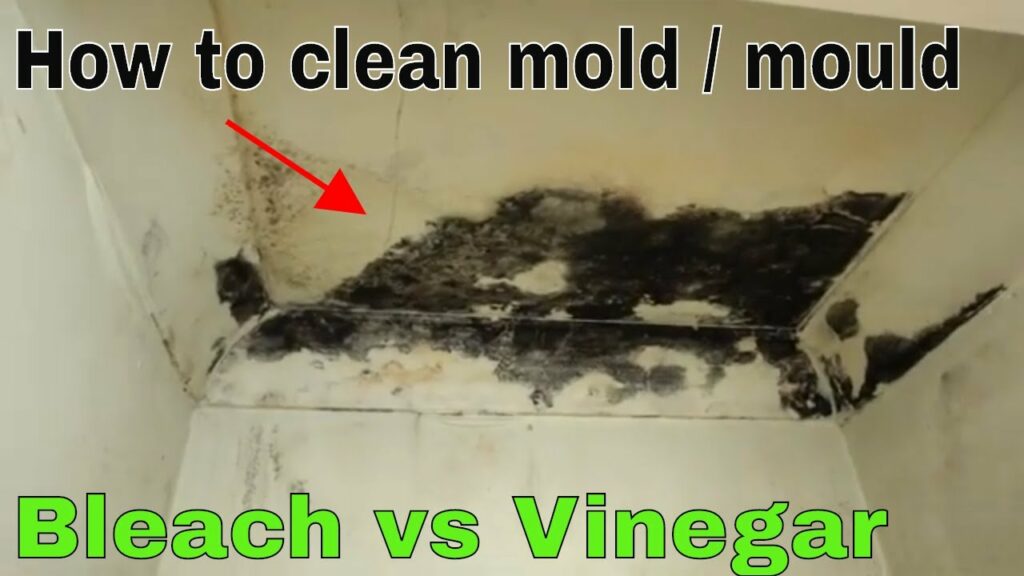
Mold can be an unsightly and dangerous problem in the home, as it can trigger allergies and respiratory issues. Two common household products used to remove and kill mold are bleach and vinegar. But which one is better? Here’s a comparison between bleach and vinegar, how to use each, and which option is best depending on the situation.
Bleach vs. Vinegar: Which is More Effective?
-
Bleach:
-
Pros:
-
Surface mold removal: Bleach is excellent at killing surface mold on non-porous materials like tiles, glass, and countertops.
-
Disinfection: It’s a powerful disinfectant that kills a wide range of bacteria and viruses in addition to mold.
-
-
Cons:
-
Does not penetrate porous materials: Bleach only removes surface mold on porous materials (like wood or drywall) but does not kill the mold spores beneath the surface. This means mold may return over time.
-
Strong fumes: Bleach emits strong, harmful fumes and can be toxic if not used in a well-ventilated space.
-
May discolor surfaces: It can damage or discolor surfaces if not used carefully.
-
-
-
Vinegar:
-
Pros:
-
Kills mold: Vinegar is a natural, mild acid (acetic acid) that can kill up to 82% of mold species, even penetrating porous materials like wood or drywall.
-
Non-toxic: Vinegar is a safe and non-toxic option, making it ideal for households with children, pets, or individuals sensitive to chemicals.
-
Prevents mold from returning: Unlike bleach, vinegar not only kills surface mold but also penetrates deeper into porous materials, reducing the likelihood of mold returning.
-
-
Cons:
-
Strong smell: While non-toxic, vinegar has a strong smell, but it typically dissipates after a few hours.
-
Less effective on heavy mold infestations: For very heavy mold infestations, vinegar might not be as immediately powerful as bleach.
-
-
How to Remove and Kill Mold Using Bleach
What You’ll Need:
-
Bleach
-
Water
-
Spray bottle
-
Gloves and mask (for safety)
-
Scrubbing brush or sponge
Instructions:
-
Prepare a Bleach Solution:
-
Mix 1 cup of bleach with 1 gallon of water in a spray bottle.
-
-
Apply the Bleach Solution:
-
Spray the bleach solution directly onto the moldy surface. Let it sit for 10-15 minutes to allow the bleach to kill the surface mold.
-
-
Scrub the Area:
-
Use a scrubbing brush or sponge to remove the mold from the surface. Be sure to wear gloves and a mask to avoid contact with the bleach fumes.
-
-
Rinse and Dry:
-
Rinse the surface with clean water and dry thoroughly.
-
-
Ventilation:
-
Ensure the room is well-ventilated to avoid inhaling bleach fumes. Open windows or use fans if possible.
-
How to Remove and Kill Mold Using Vinegar
What You’ll Need:
-
White distilled vinegar (undiluted)
-
Spray bottle
-
Scrubbing brush or sponge
-
Gloves (optional)
Instructions:
-
Pour Vinegar into a Spray Bottle:
-
Use undiluted white vinegar in a spray bottle (no need to mix with water).
-
-
Apply the Vinegar:
-
Spray the vinegar directly onto the moldy surface and let it sit for at least 1 hour. This allows the vinegar to penetrate and kill the mold.
-
-
Scrub the Mold:
-
Use a scrubbing brush or sponge to scrub the mold from the surface.
-
-
Rinse and Dry:
-
Wipe the area clean with water and dry thoroughly.
-
-
Repeat if Necessary:
-
If the mold is persistent, you can repeat the process or leave the vinegar on overnight.
-
Bleach vs. Vinegar: Which is Better?
-
For Non-Porous Surfaces (Tiles, Glass, Countertops):
-
Bleach is the better option because it effectively kills mold on the surface and disinfects the area.
-
-
For Porous Surfaces (Wood, Drywall, Fabric):
-
Vinegar is the preferred option because it can penetrate porous materials and kill mold at the root. Using bleach on porous surfaces may only kill surface mold while leaving mold spores behind, allowing the problem to resurface.
-
-
For Health and Safety:
-
Vinegar is a safer option, especially for households with children, pets, or individuals sensitive to chemicals. It doesn’t emit toxic fumes and is biodegradable, making it more environmentally friendly.
-
Preventing Mold Growth:
-
Keep surfaces dry: Mold thrives in moisture, so ensure your home is well-ventilated and moisture is controlled, especially in bathrooms and kitchens.
-
Fix leaks: Repair any leaks or water damage as soon as possible to prevent mold growth.
-
Regular cleaning: Regularly clean and disinfect surfaces prone to moisture buildup to prevent mold from growing.
Conclusion:
-
Bleach is excellent for quick, surface-level mold removal on non-porous materials and disinfecting, but it doesn’t penetrate porous materials and can emit strong fumes.
-
Vinegar is a safer, non-toxic alternative that effectively kills mold on both porous and non-porous surfaces, though it may require more time for tough infestations.
For most situations, vinegar is the better long-term solution for killing and preventing mold, especially on porous surfaces like wood and drywall. However, bleach can be useful for quick surface cleanups on non-porous materials.
